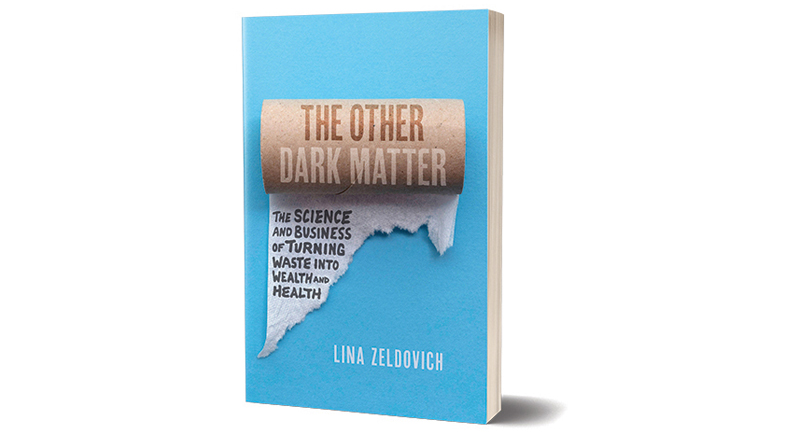A simpler synthesis
-
- from Shaastra :: vol 02 issue 05 :: Sep - Oct 2023

An anti-malaria drug, jasmine oil, and Cheddar cheese share a common ingredient: lactone, a ring-shaped chemical with a distinctive oxygen-carbon linkage known as the carboxyl group. Lactones occur naturally, and bicyclic lactones, with two rings, are studied for their therapeutic, aromatic and flavour properties. However, synthesising lactones is a complex, expensive and multi-step process.
To simplify it, researchers suggest using carboxylic acids, similar to the one present in vinegar, and folding them into rings to form lactones, aided by palladium. However, these methods have a problem. Imagine the carboxylic acid as a chain; the traditional reactions could only activate one end of the chain. This limited their ability to create more complex and valuable lactones. However, being able to activate different spots along the chain, known as methylene groups, they could make a wide variety of useful lactones.
Researchers at the Indian Institute of Technology (IIT) Bombay developed an innovative method through which they could selectively activate the methylene groups to form complex lactones, including bicyclic lactones, from cheap raw materials (bit.ly/Lactone).
"The significance of the developed method could be assessed through the improved step and atom economy to synthesise important bioactive and natural products," explains Debabrata Maiti, Professor in the Department of Chemistry at IIT Bombay.
The researchers reduced the number of steps for making lactones from nine to four for compounds like capnellene, a naturally occurring marine hydrocarbon known for its anti-inflammatory properties. They used cyclohexane acetic acid, a type of carboxylic acid that has a ring of six carbons attached to it, as the starting chemical.
The researchers reduced the number of steps for making lactones from nine to four for compounds like capnellene.
In the conventional approach, the terminal group typically undergoes activation. However, Maiti proposed an alternative sequence of events. His hypothesis centred on the idea that utilising cyclohexane acetic acids as initial materials, along with meticulously optimised reaction conditions, would promote the activation of the methylene group in subsequent reaction stages. Consequently, this activation of the methylene group would facilitate the formation of the desired lactone. The results of computer simulations and laboratory experiments conducted using this novel methodology corroborated his hypothesis.
The researchers did not stop there. They confirmed their hypothesis by changing the number of carbon atoms attached to cyclohexane, from one to eight, in the reaction, and still achieving the desired lactones. They also changed the number of carbon atoms in the ring attached to the acetic acid from six to five, seven, twelve and fifteen. They still were able to produce the lactones, although with some unwanted by-products. They even added different chemicals like alcohols to the reaction and were able to make crucial bicyclic lactones.
The researchers are hopeful that this novel method will unlock the synthesis of pharmaceutically important lactones in a much easier way.
Have a
story idea?
Tell us.
Do you have a recent research paper or an idea for a science/technology-themed article that you'd like to tell us about?
GET IN TOUCH














